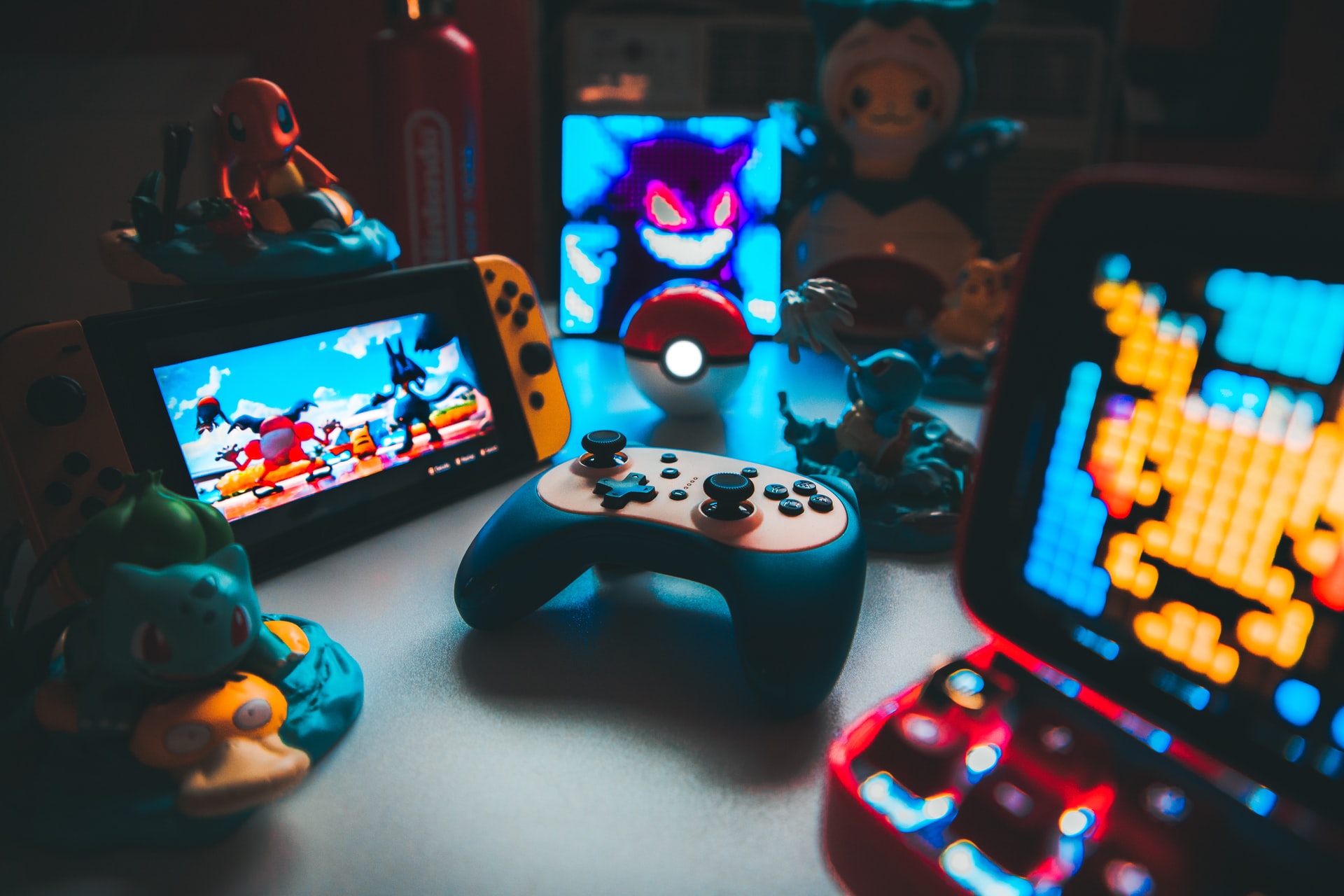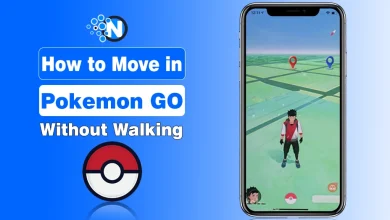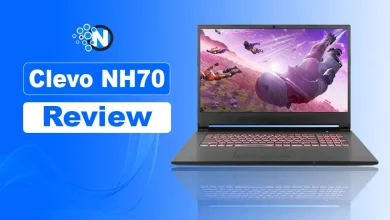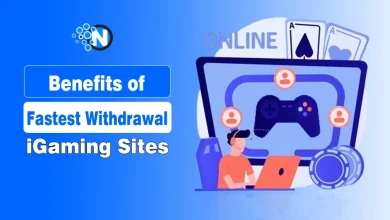Beginners Guide to How Video Games Are Developed

Ever wondered how video games are developed and brought to market? From consoles to PCs to the arcade, video games are made up of intricate computer software that allows the device of your choice to display fun and entertaining visuals and audio.
With the use of modern technology to provide captivating games of the future for kids and adults alike, video games have gained enormous popularity with no signs of slowing down anytime soon. In fact, 73% of all gamers in the United States own a console, 43% own a handheld system of some kind, and 29% own a VR system.
How Video Games Are Developed? Step by Step Guide
While it’s all fun and games playing, a lot of hard work goes into video game development and production. So much so that there is a multi-step process to get them off the ground. So if you want to know how video games are made, read on to understand the creation process.
Game ideation
Before any work on the actual game begins, there needs to be a clear game idea and roadmap in place. This is even before writing starts. Designers consider the characters or landscape and anything technical. Generally, a team will consider the following:
- The plot or sequence of events
- The genre the game belongs to
- Important features or moments
- Characters and how they relate to each other
- The game’s target market
- Which console or device it will be built for
The planning phase ensures that the development of the game runs smoothly, so everyone knows what the end goal is and how to get there.
Game planning
Pre-production is the phase just before official production of the game begins and involves outlining exactly what is needed to make the game come to life. What type of human and financial resources are required to make the best possible version of the game idea? What is the game’s competition like? What is the full project timeline?
The pre-production phase answers all of these questions and is generally not rushed so as to give the game the best possible start. It’s known to last a week or even a year, depending on the project at hand and how big its scale, resources, and finances are.
Game production
Official game production is where a lot of the magic happens. The production phase includes a number of different teams and specialties, from designers to writers, voice-over artists, and developers. This is where all the budget, resources, and time count and where all the hard work happens.
Characters are drawn by designers and then animated to fit the creative brief of the story. The script is recorded to fit the storyline (including background sounds), and the developers write code to bring all the different elements together into one virtual world. Reams and reams of code are produced, using a language the team feels is the best for the job at hand.
Strict deadlines are put in place so that each department understands what is being done and what still needs to be done until a working version is ready for testing.
Testing
Now comes the fun part. With so much code created for the game, there can easily be bugs, glitches, and even missing elements in the first version. Testers are recruited to essentially play the game and report on anything that negatively affects gameplay or doesn’t fit with the goal of the game.
This happens over several rounds so that by the time the game is ready to go to market, it is the best possible version for players who have been waiting eagerly for its arrival. Testers come in all shapes and sizes. You’ll get testers whose job it is to take the game to its limit and “stress test” its functions, while others focus entirely on entertainment value and whether or not the game is fun to play.
Launch day
Once the teams have gone through several rounds of testing and fixing, and they’re happy that the game is ready for players, it’s launch time. Aside from getting the game into the right format and packaging for its intended device, this is where the marketing team gets involved. They produce a strategy that will create the most intrigue and excitement for the arrival of the game in stores.
From the pre-launch sneak peek videos of the game to dropping hints via social media and giving pre-order access to loyal customers, the marketing team creates all the hype for the game so that it does well in sales, particularly during its first few months.
Final thoughts
Developing a video can take a number of years. It’s a creative process that involves numerous rounds of edits, versions, and fixes. And at the end of it all, we get to enjoy a game packed with interesting storylines, characters, music, and activities for hours of fun.




